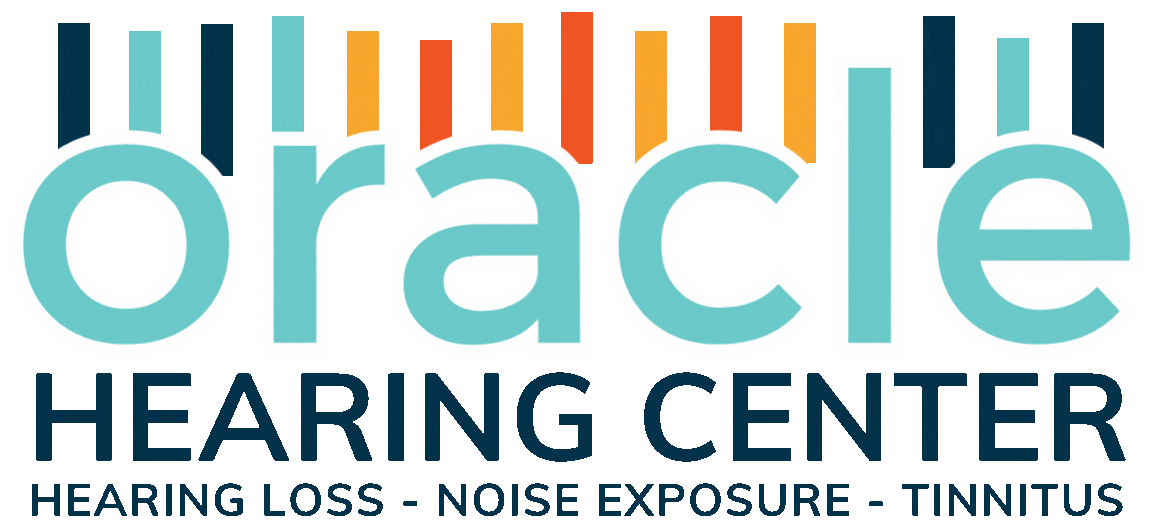https://www.insidernj.com/we-now-know-what-it-feels-like-to-have-hearing-loss/?fbclid=IwAR1vi8SAMC7sY-LpErd6JVzzxhdT78uISJOwPtgkXWwxkxqZRj8ipzWO5rQ
The other day I waited my turn as I dutifully stood six feet away from the checkout counter. The sign at the cashier read: “Please wait until you are asked to checkout.” The masked cashier, standing behind plexiglass, looks up and says something to me that I could not understand.. “I’m sorry, would you like me to place my items on the counter?” I ask, hoping I guessed correctly. . Apparently I didn’t. As she stops me from placing any more items on the conveyor belt, she repeats her statement from behind the mask and takes out her disinfectant spray and paper towel to wipe down the counter. It only took two verbal cues, a written sign, and overt hand gestures for me to finally understand that she wanted me to wait until she wiped down the counter first.
During this covid epidemic, a lot of us are experiencing what it’s like to be someone who is hearing impaired. This new world order of social distancing now requires us to wear masks that muffle our speech. With the addition of background noise and a six foot distance to muffled speech, we find it increasingly difficult to understand what a cashier or even a loved one is saying while we are out in public. I can tell you that as an audiologist, this is a nightmare for many of my patients who are deaf or hard of hearing. Over time, an inability to hear people’s words with repeat communication breakdown leads to social isolation and withdrawal from friends, family and events.
We may not have realized how often we use lip reading and facial expressions to make sense of a conversational exchange, especially with background noise, until now. I certainly experienced this at the checkout counter, even with normal hearing. It is easy to imagine how this comes to play with hearing loss. Visual cues supplement what a hard of hearing person misses auditorily, even when hearing devices are utilized.
Many refer to this as lip reading or speechreading. I call this “visual hearing,” and it is real. In fact, it is so real, many of my patients remark that they actually hear better when they wear their glasses. We all use our visual cues to understand the entirety of communication exchange to some extent. With facial expressions and lips covered, it is that much more difficult to understand others, and especially for those who are hard of hearing. One patient with severe hearing loss mentioned how challenging it was for her to hear masked people while out shopping- not entirely knowing if someone was speaking to her because she couldn’t see their lips move. “It’s nerve-wracking, walking around not knowing who is actually talking to you, or not being sure of how to respond because you don’t know they are actually talking to you in the first place,” she said.
Although modern technology has provided us with the ability to conduct office meetings, learn distantly, as well as video chat with friends and family, it actually creates many hardships for those who are hard of hearing. Consider how challenging holding a conversation is when the phone or computer’s audio doesn’t work properly, disconnects, or poorly projects sound while on a video chat. One becomes reliant on a grainy video at best to make sense of what is being said. Unlike watching television, there is no real-time closed caption option for live video sessions. How easily can we continue a conversation with little to no audio on a video conference? Now we can imagine how those with hearing loss struggle on live video chats.
Repeat breakdowns in communication, whether it be in person or online, lead to less social engagement over time. Over time, a hearing-impaired person loses the ability to engage in conversation confidently, or does not want to burden the speaker by having them repeat several times. We have all experienced a situation in which we did not understand someone because it was too noisy. We may even nod in agreement or nervously laugh when we do not understand what was said. People with hearing loss do this all the time. A smile here, a nod there, and not really knowing what their kids laughed at over Thanksgiving dinner but laughing anyway. At some point they may choose not to engage altogether because it’s an awful lot of work, and at times, embarrassing. Little by little they withdraw from friends, family, and events. We now know how real social isolation is through our stay at home order, and we’re seeing it lead to greater levels of anxiety and depression. It is evident that human connection feeds our sense of purpose and levels of hope.
Now that we have experienced some of these struggles, I am hoping we can use this time to find compassion for those struggling with communication and connection. Unlike vision loss, hearing loss is invisible. It is difficult to imagine how hard a person with hearing loss struggles because we don’t see it. Helen Keller wrote, “Blindness cuts us off from things, but deafness cuts us off from people.”
In the meantime, speak slowly and distinctly. Project your voice if necessary. Be kind. If they can’t see your smile, remember to smile with your eyes. We all deserve to be heard.
